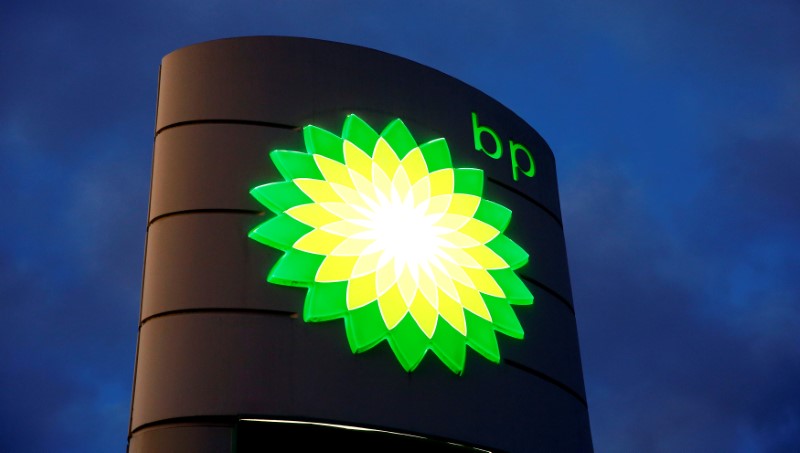Alaska officials probing BP oil, gas wells at Prudhoe Bay after spill
A small leak in December at a well closed after a larger 2017 spill triggered the review.

ANCHORAGE — Regulators in the U.S. state of Alaska will investigate all of the oil and natural gas wells operated by BP Plc at its Prudhoe Bay oil field after the release of a small amount of crude oil and gas from a well that had earlier been shut.
The Alaska Oil and Gas Conservation Commission has scheduled a Feb. 7 hearing to assess the mechanical integrity of Prudhoe Bay wells operated by BP Exploration (Alaska), Inc., the agency said in a notice issued on Friday.
Last month’s leak occurred at one of 14 wells that BP had shut in 2017 following a much bigger release oil and gas then.
The most recent failure, detected on Dec. 7, released natural gas and about two gallons of crude oil, said Megan Baldino, spokeswoman for BP Exploration (Alaska) Inc. The gas release was brought under control two days later, she said. There was no oil released to the tundra and no one was injured, she said.
There are 1,780 Prudhoe Bay wells, said Baldino, adding that the company is cooperating with the AOGCC’s investigation.
“BP is investigating the incident to determine the cause. We are cooperating with AOGCC’s request for more information,” she said in an email on Monday.
The earlier failure, in April 2017, caused crude oil to spray over a roughly 1 acre (0.4 hectare) area and caused natural gas to vent for days before it was brought under control.
That well failure was linked to permafrost thaw. The normally frozen soil thawed, triggering movement that pushed the well up 3 to 4 feet (about 1.2 meters), breaking a pressure gauge that previously regulated the site, according to regulators.
That sparked a North Slope-wide well review ordered by the AOGCC. In the end, BP identified and shut the 14 wells that because of an outdated and flawed design.
In the aftermath of that incident, AOGCC officials concluded that the permafrost thaw was the result of the wells’ design flaw, not to climate change.
However, permafrost in Prudhoe Bay, which is located on the Alaska North Slope region above the Arctic Circle, from the area near the tundra’s surface to the depths far below it, has warmed significantly since the 1980s in response to the rising temperatures in that region, according to scientists at the University of Alaska-Fairbanks.